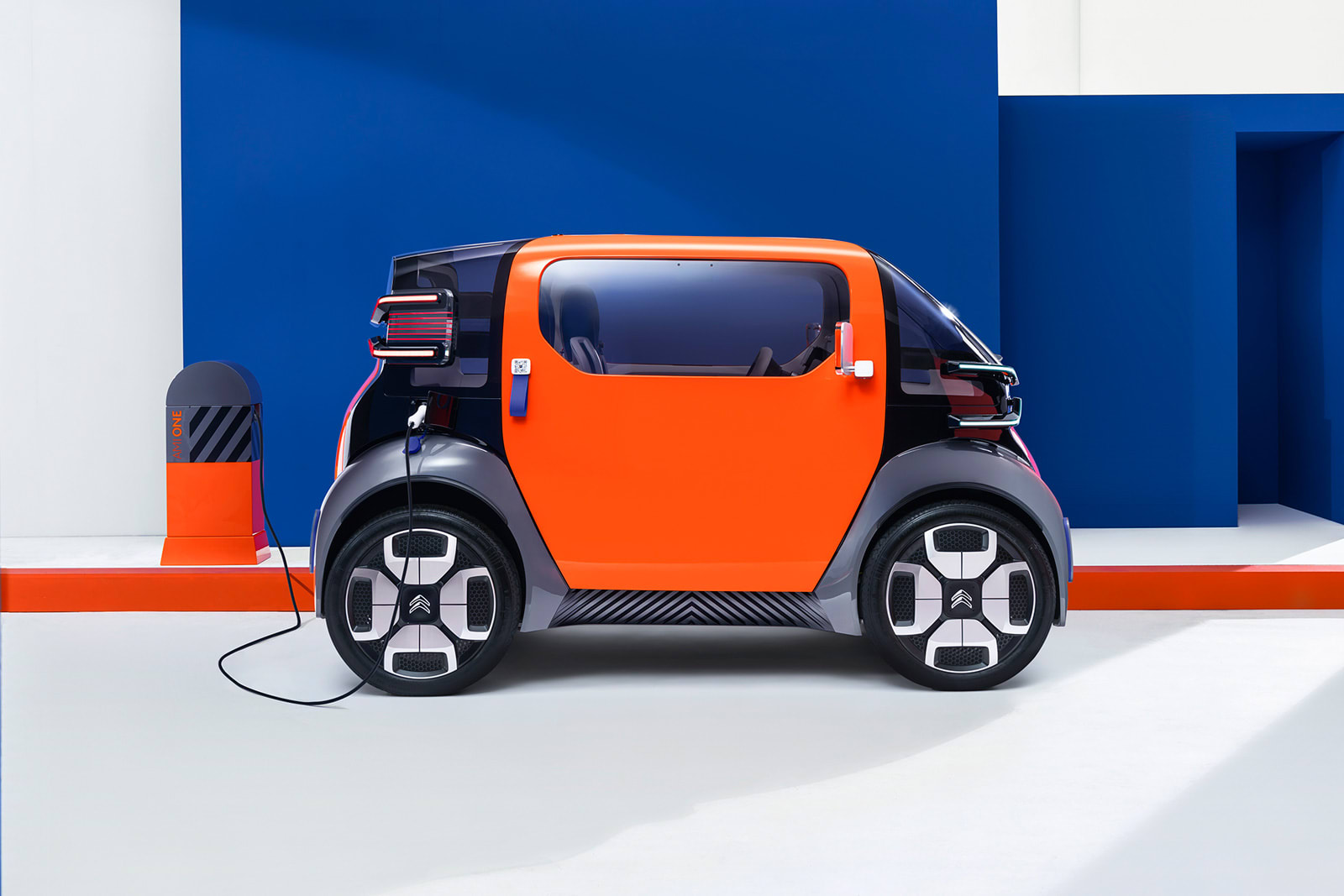Some interesting M&A is afoot in the world of hardware and software that’s aiming to improve the quality of audio and video communications over digital networks.
GN Group — the Danish company that broke new ground in mobile when it inked deals first with Apple and then Google to stream audio from their phones directly to smart, connected hearing aids — is expanding from audio to video, and from Europe to Silicon Valley.
Today, the company announced that it would acquire Altia Systems, a startup out of Cupertino that makes a “surround” videoconferencing device and software called the PanaCast (we reviewed it once) designed to replicate the panoramic, immersive experience of vision that we have as humans.
GN is paying $125 million for the startup. For some context, this price represents a decent return: according to PitchBook, Altia was last valued at around $78 million with investors including Intel Capital and others.
Intel’s investment was one of several strategic partnerships that Altia had inked over the years. (Another was with Zoom to provide a new video solution for Uber.)
The Intel partnership, for one, will continue post-acquisition. “Intel invested in Altia Systems to bring an industry leading immersive, Panoramic-4K camera experience to business video collaboration,” said Dave Flanagan, Vice President of Intel Corporation and Senior Managing Director of Intel Capital, in a statement. “Over the past few years, Altia Systems has collaborated with Intel to use AI and to deliver more intelligent conference rooms and business meetings. This helps customers make better decisions, automate workflows and improve business efficiency. We are excited to work with GN to further scale this technology on a global basis.”
We have seen a lot of applications of AI in just about every area of technology, but one of the less talked about, but very interesting, areas has been in how it’s being used to enhance audio in digital network. Pindrop, as one example, is creating and tracking “audio fingerprints” for security applications, specifically fraud prevention (to authenticate users and to help weed out imposters based not just on the actual voice but on all the other aural cues we may not pick up as humans but can help build a picture of a caller’s location and so on).
GN, meanwhile, has been building AI-based algorithms to help those who cannot hear as well, or who simply needs to hear better, be able to listen to calls on digital networks and make out what’s being said. This not only requires technology to optimise the audio quality, but also algorithms that can help tailor that quality to the specific person’s own unique hearing needs.
One of the more obvious applications of services like these are for those who are hard of hearing and use hearing aids (which can be awful or impossible to use with mobile phones), another is in call centers, and this appears to be the area where GN is hoping to address with the Altia acquisition.
GN already offers two products for call centre workers, Jabra and BlueParrot — headsets and speakerphones with their own proprietary software that it claims makes workers more efficient and productive just by making it easier to understand what callers are saying.
Altia will be integrated into that solution to expand it to include videoconferencing around unified communications solutions, creating more natural experiences for those who are not actually in physical rooms together.
“Combining GN Audio’s sound expertise, partner eco-system and global channel access with the video technology from Altia Systems, we will take the experience of conference calls to a completely new level,” said René Svendsen-Tune, President and CEO of GN Audio, in a statement.
What’s notable is that GN is a vertically-integrated company, building not just hardware but software to run on it. The AI engine underpinning some of its software development will be getting a vast new trove of data fed into it now by way of the PanaCast solution: not jut in terms of video, but the large amount of audio that will naturally come along with it.
“Combining PanaCast’s immersive, intelligent video with GN Audio’s intelligent audio solutions will enable us to deliver a whole new class of collaboration products for our customers,” said Aurangzeb Khan, President and CEO of Altia Systems, in a statement. “PanaCast’s solutions enable companies to improve meeting participants’ experience, automate workflows, and enhance business efficiency and real estate utilization with data lakes of valid information.”
Given GN’s work with Android and iOS devices, it will be interesting to see how and if these video solutions make their way to those platforms as well, either by way of solutions that work on their phones or perhaps more native integrations down the line.
Regardless of how that develops, what’s clear is that there remains a market not just for basic tools to get work done, but technology to improve the quality of those tools, and that’s where GN hopes it will resonate with this deal.



 Many automakers are designing vehicles for an era beyond car ownership, but Citroen is taking things one step further: it’s envisioning a car that you’d use in place of bikes and scooters. Its newly introduced Ami One Concept is a compact (8.2ft lon…
Many automakers are designing vehicles for an era beyond car ownership, but Citroen is taking things one step further: it’s envisioning a car that you’d use in place of bikes and scooters. Its newly introduced Ami One Concept is a compact (8.2ft lon… GM has officially launched the compact and folding electric bikes it unveiled last year under the brand name “Arīv.” The automaker hosted a $10,000 naming contest for the e-bikes when it announced the new project, so someone somewhere out there is fe…
GM has officially launched the compact and folding electric bikes it unveiled last year under the brand name “Arīv.” The automaker hosted a $10,000 naming contest for the e-bikes when it announced the new project, so someone somewhere out there is fe…

